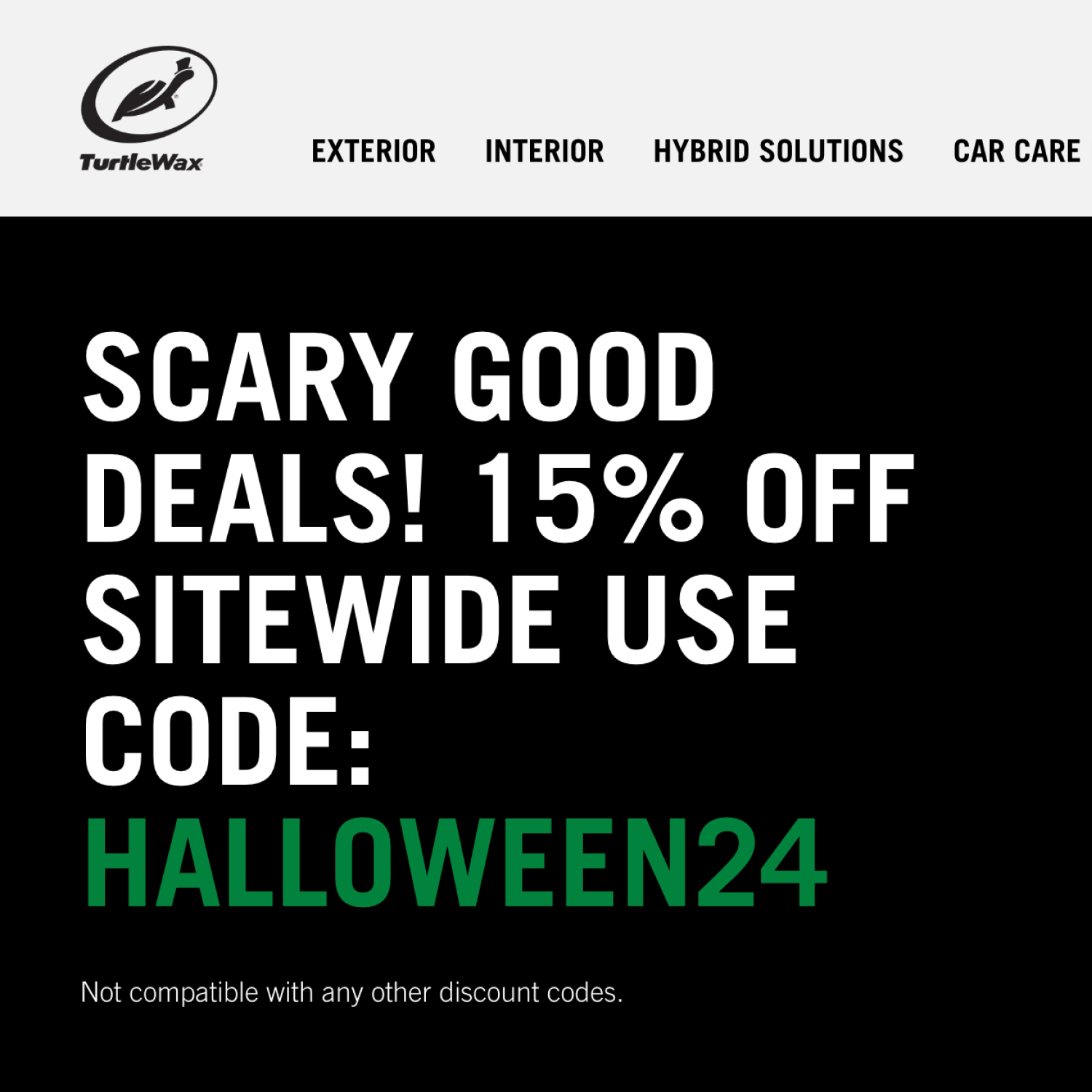Unlock how health brands achieve multichannel (DTC & B2B) consistency for growth, overcoming challenges with fulfilmentcrowd's innovative solutions.
Audio reader

Download your copy of the OmniDisruptors Report.
Lessons from the brands redefining retails in the omnichannel era.
Download the reportIf you’re a DIY brand, chances are you’ve spent time designing products to make home improvements easier for your customers. But what about making your own business strategy just as efficient? That’s where Direct-to-Consumer (DTC) sales come in. By cutting out the middleman and selling directly to customers, DIY brands can take full control of their sales process, build stronger customer relationships, and boost profitability – all without the need for complicated retail partnerships. So, if your brand hasn’t yet nailed down a DTC strategy, it might be time to grab the metaphorical toolbox and get started.
The shift from shelves to screens
It’s no secret that shopping habits have shifted in recent years. Gone are the days when we relied solely on bricks-and-mortar stores to buy our tools and timber. Now, with just a few clicks, you can order a new hammer from the comfort of your own home, with little to no questions asked. For DIY brands, this shift is an opportunity too good to miss. For DIY enthusiasts, it’s really hitting the nail on the head for them.
By embracing DTC sales, DIY brands can take full control of their customer experience. No more worrying about whether your product is positioned next to some dodgy bargain bin in a retail store. Instead, you can create a seamless online shopping journey that showcases your brand in the best possible light. It’s like finally putting up that shelf you’ve been meaning to hang - satisfying, streamlined, and perfectly positioned. Unless you’re yet to order a spirit level of course.
The rise of the handy online shopper
DIY enthusiasts are a resourceful bunch. Whether it’s learning how to lay laminate flooring via a YouTube tutorial or assembling a garden shed using little more than sheer willpower and a questionable Allen key, they know how to get things done. So, it makes perfect sense that these savvy shoppers are now looking for easier ways to buy their materials and tools.
With DTC sales, DIY brands can meet their customers where they already are - online. And we’re not just talking about your average ‘pop down to the shops’ kind of buyer. We’re talking about the growing community of DIY influencers and hobbyists, the type who can fix a leaky tap in the morning and post an aesthetically pleasing photo of it by lunchtime. These customers expect convenience, and if you’re not offering it, they’ll find a brand that does.
Cut out the middleman (and the middle aisle confusion)
DIY retailers often find themselves sandwiched between big-box stores and specialist suppliers. While this works for some, the reality is that many DIY brands lose control over their product placement, pricing, and customer engagement when relying solely on third-party retailers. In other words, you’re left at the mercy of the middleman.
Embracing DTC sales allows you to cut out the noise and confusion of middle-aisle placement and focus on what matters most - your customer. You can establish direct relationships, provide tailored advice, and ensure your brand is front and centre (not shoved in the corner next to the clearance paint). You control the narrative, the pricing, and, most importantly, the customer service experience. It’s a DIY dream come true.

.jpg?width=1500&height=1500&name=packing-station%20(2).jpg)
The toolbox of benefits for DIY brands
If you’re thinking, “But switching to DTC sounds like a logistical nightmare!” don’t worry, we’ve got that covered too. With the right fulfilment partner (like, ahem, fulfilmentcrowd), the transition to DTC can be as smooth as freshly sanded pine. Let’s take a look at some of the key benefits:
-
Increased profit margins
When you sell directly to customers, you keep more of the profits. Instead of giving a cut to retailers or wholesalers, you can reinvest that money into your business - whether it’s expanding your product range or finally upgrading your website from its early 2000s aesthetic (no judgement, we’ve all been there).
-
Data, glorious data
Selling directly means you have access to all the customer data you could ever need. Who’s buying? When are they buying? What products are flying off the virtual shelves? With this information, you can make informed decisions about stock levels, marketing strategies, and even product development. You’ll never be in the dark again about why those work gloves aren’t selling like hotcakes (spoiler: maybe they’re just not nailing down the attention they deserve).
-
Brand loyalty
When customers buy directly from your website, you have the opportunity to build lasting relationships. You can offer loyalty programmes, personalised recommendations, and exceptional customer service - all of which keep shoppers coming back for more. Think of it as creating a solid foundation (or in DIY terms, a level surface) for long-term success.
-
Flexibility and agility
One of the major perks of DTC sales is the ability to adapt quickly. Whether it’s a new trend in eco-friendly home improvements or a surge in demand for certain products (hello, viral TikTok hacks), you can pivot your business model faster than you can say “do it yourself”. With direct control over your inventory and supply chain, you can respond to changes in real-time without waiting for a retailer to update their stock.
-
Showcasing your craftsmanship
When you rely on third-party retailers, your brand can get lost among the competition. With DTC sales, you can craft a unique and engaging online experience that highlights what makes your brand special. From detailed product descriptions to helpful installation videos and customer testimonials, you can create a virtual toolbox of content that draws people in and keeps them engaged - and really hammer home your brand message.
.webp?width=3280&height=1104&name=Tiktok-DIY%20(1).webp)
Overcoming the DTC hurdles
Of course, like any DIY project, there are bound to be a few challenges along the way. But with the right approach, you can overcome these hurdles and come out the other side with a slick DTC operation.
-
Logistics
Selling directly to consumers means taking on the responsibility of order fulfilment, returns, and delivery. For many DIY brands, this can seem daunting. But that’s where partnering with a reliable fulfilment partner comes in handy. From warehousing to same-day dispatch, companies like fulfilmentcrowd can handle the heavy lifting, allowing you to focus on what you do best - building great products.
-
Marketing
Shifting to a DTC model means you’ll need to rethink your marketing strategy. While traditional retailers often take care of promoting your products, going direct means it’s up to you to generate traffic and sales. But don’t worry, with the right digital marketing tools (social media ads, SEO, and email campaigns), you’ll be able to build brand awareness and attract customers like bees to a honeypot (or DIY enthusiasts to a clearance sale).
-
Customer expectations
Today’s customers expect fast, convenient service - and when they’re shopping for DIY supplies, they want those products ASAP (because, let’s be honest, who starts a project before they have everything they need?). With a solid fulfilment strategy and reliable shipping partners, you can meet (and exceed) those expectations, delivering everything from paintbrushes to power tools in record time.


It’s time to screw in to DTC
If there’s one takeaway for DIY brands from all of this, it’s that DTC is not just a passing trend - it’s the future. By embracing direct-to-consumer sales, you’ll not only gain more control over your business, but you’ll also build stronger relationships with your customers and boost your bottom line. It’s a win-win situation (a bit like finding the perfect screwdriver set at half price).
So, what are you waiting for? Dust off your marketing plans, spruce up your online store, and take the plunge into DTC. Your customers - and your profit margins - will thank you. Oh, and don’t forget, when it comes to making the transition smooth and seamless, we’ve got your back (and your boxes). Ready, set, drill.
Looking for more industry insights?
Check out our other recommendations just for you!
See allLearn how Ultimate Products partnered with fulfilmentcrowd to integrate their supply chain, scale EU operations, and optimise fulfilment across B2B and DTC channels. Discover their success and future plans for expansion.
Discover the key strategies for expanding your business reache by navigating the choice between cross-border and domestic shipping.


.jpg?width=300&name=Dublin-warehouse%20(1).jpg)
.webp?width=300&name=Omnidistruptors-mockup1%204%20(1).webp)
.jpg?width=300&name=GAAstore-lifestyle-image%20(2).jpg)

 By Alice Davies
By Alice Davies




